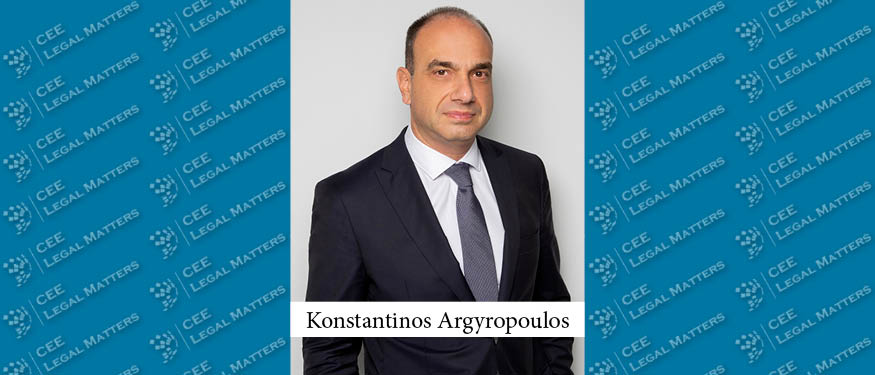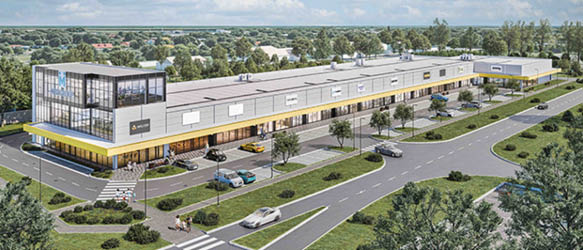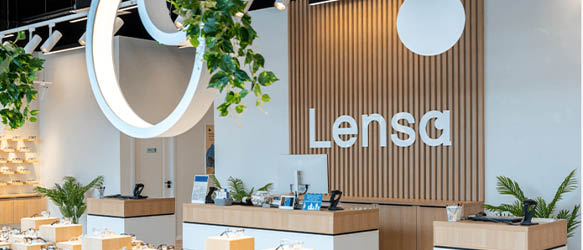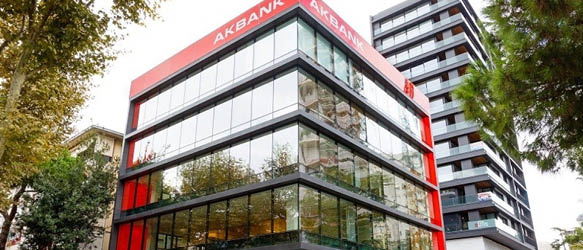I still vividly remember the sunny September day when, as a young lawyer, I arrived in Prague. I was joining a US law firm that had just opened offices in the old city. Its immense beauty, at that time still unknown but immediately close to me, was captivating.
The air of a country awakening from decades of communist rule, the leadership and inspiration of Vaclav Havel, and the strong sense that everything would now change for the better, created a uniquely positive environment. It did not feel revolutionary but cheerful, like a true Prague Spring. At the time, I did not know that my arrival would be the defining element of my career as a lawyer in Central and South-Eastern Europe (CSEE). I know it today and feel lucky to have witnessed the emergence of the region, both as a lawyer and as a local.
The words “positive transformation” best describe the re-emergence of CSEE as an important regional economy. People called CSEE an “emerging market,” even though this wasn’t quite right. This definition ignored historical context, such as the fact that Czechoslovakia had been the world’s 7th largest industrial nation in the 1930s (a spot now held by France). As an M&A lawyer, I often encountered this past, with laws from the 1930s suddenly being applied to transactions in the 1990s. While they seemed out of place, their existence reminded me of the rich and sophisticated legacy of the region. Gradually discovering this, I felt deep respect.
Advising on M&A transactions in CSEE in the past often required using foreign laws due to the lack of comprehensive local laws and regulations. This approach allowed transformative ownership changes and investment by foreign investors despite the gaps. Governments and investors hired large international law firms, which led to many such firms setting up offices in CSEE. These firms also advised on new legislation, playing a significant role in the region’s development.
Foreign law firms trained local talent, who rose to top positions. Transactions required creativity, blending high-quality international documentation (often governed by US, UK, German, or Austrian law) with local laws. This required lawyers, in the true sense of these widely used terms, to think outside the box and to be truly innovative.
This transition created a solid market of law firms in CSEE, including strong national, regional, and a few large international firms. The presence of top international firms has set the bar for documenting transactions. Now, running transactions in CSEE is similar to those in major financial centers.
What I most cherish has been the opportunity to spend time in many of the CSEE countries while working on transactions. This has allowed me to make true and lasting friends among my fellow lawyers, whether working on my team or across the table. My favorite example: I once negotiated a transaction in Romania for almost two years and my main counterparty was a lawyer from a leading national firm. While our discussions were often very confrontational, we eventually closed the deal and became close friends. A few years later, I had the honor of becoming the godfather to her son.
I am deeply grateful to this wonderful and diverse region, which has allowed me to build a fulfilling career as an M&A lawyer and be part of a complex and precious community. I look forward to many more exciting years ahead.
By Horst Ebhardt, Managing Partner, Kinstellar Vienna
This article was originally published in Issue 12.2 of the CEE Legal Matters Magazine. If you would like to receive a hard copy of the magazine, you can subscribe here.
















